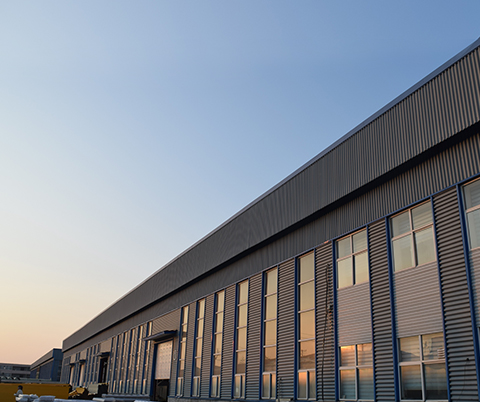loading...
- No. 9, Xingyuan South Street, Dongwaihuan Road, Zaoqiang County, Hengshui, Hebei, China
- admin@zjcomposites.com
- +86 15097380338
- Welcome to visit our website!
Understanding the Benefits and Applications of GRP Sandwich Panels in Construction
Exploring GRP Sandwich Panels A Modern Solution for Construction and Insulation
In recent years, the construction industry has witnessed a considerable shift towards innovative building materials that not only enhance structural integrity but also improve energy efficiency. One such innovation is the Glass Reinforced Plastic (GRP) sandwich panel, a composite material that has rapidly gained popularity in various applications, from industrial buildings to residential homes. This article delves into the characteristics, advantages, and applications of GRP sandwich panels.
What are GRP Sandwich Panels?
GRP sandwich panels consist of a core material sandwiched between two layers of glass-reinforced plastic. The core is typically made from materials such as polyurethane or polystyrene foam, which provide excellent thermal insulation, while the outer layers feature GRP, known for its high strength-to-weight ratio and durability. This unique composition results in a lightweight, yet robust panel that is well-suited for a multitude of construction applications.
Advantages of GRP Sandwich Panels
1. Lightweight Construction One of the primary benefits of GRP sandwich panels is their lightweight nature. This attribute not only facilitates easier handling and transportation but also reduces the overall load on a building's framework, which can lead to cost savings in structural support.
2. Superior Insulation The foam core of GRP sandwich panels ensures excellent thermal insulation. These panels maintain temperature stability within buildings, which translates to reduced heating and cooling costs. Their energy efficiency is particularly advantageous in regions with extreme weather conditions.
3. Durability and Longevity GRP is resistant to moisture, chemicals, and UV radiation, making GRP sandwich panels an ideal choice for environments prone to corrosion or degradation. Their resilience ensures that buildings maintain their aesthetic appeal and structural performance over time.
grp sandwich panels

4. Fire Safety Many GRP sandwich panels are designed to meet stringent fire safety standards. Depending on their composition, they can be manufactured to be fire-resistant, providing an additional layer of safety for occupants and property.
5. Versatile Applications GRP sandwich panels can be utilized in a variety of settings, including industrial warehouses, agricultural buildings, cold storage facilities, and commercial structures. Their adaptability makes them suitable for both new constructions and renovation projects.
Environmental Benefits
With growing emphasis on sustainability in construction, GRP sandwich panels present an eco-friendly alternative to traditional building materials. Their energy-efficient properties contribute to reducing the carbon footprint of a building, while their long lifespan minimizes the need for frequent replacements. Additionally, many manufacturers are focusing on using recyclable materials, further enhancing the environmental appeal of these panels.
Installation and Maintenance
The installation process for GRP sandwich panels is relatively straightforward, requiring minimal labor and time. Their pre-fabricated nature means that they can be quickly assembled on-site, allowing for faster project completion. Furthermore, maintaining these panels is generally low-cost; routine cleaning and inspections often suffice to keep them in excellent condition.
Conclusion
In summary, GRP sandwich panels emerge as a modern solution in the construction sector, offering a combination of lightweight construction, superior insulation, durability, and cost-effectiveness. As the demand for energy-efficient and sustainable building materials continues to rise, GRP sandwich panels are poised to play a significant role in shaping the future of construction. Whether for industrial, commercial, or residential applications, these panels represent a forward-thinking approach to building design and performance. As we progress into an era focused on innovation and sustainability, GRP sandwich panels stand out as a testament to the potential of composite materials in modern architecture.
-
The Rise of FRP Profiles: Strong, Lightweight, and Built to LastNewsJul.14,2025
-
SMC Panel Tanks: A Modern Water Storage Solution for All EnvironmentsNewsJul.14,2025
-
GRP Grating: A Modern Solution for Safe and Durable Access SystemsNewsJul.14,2025
-
Galvanized Steel Water Tanks: Durable, Reliable, and Ready for UseNewsJul.14,2025
-
FRP Mini Mesh Grating: The Safer, Smarter Flooring SolutionNewsJul.14,2025
-
Exploring FRP Vessels: Durable Solutions for Modern Fluid HandlingNewsJul.14,2025
-
GRP Structures: The Future of Lightweight, High-Performance EngineeringNewsJun.20,2025
